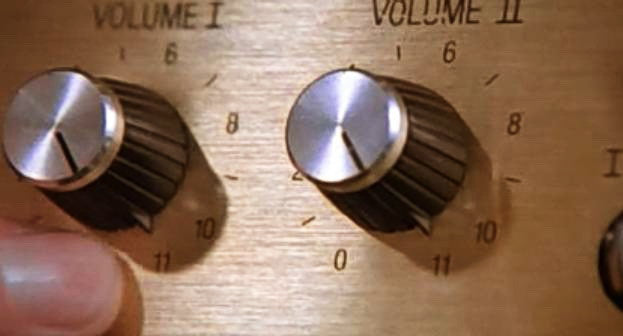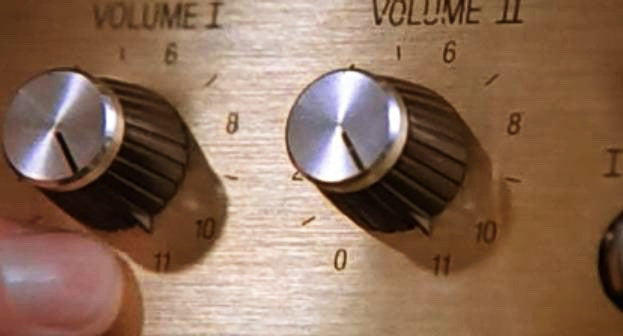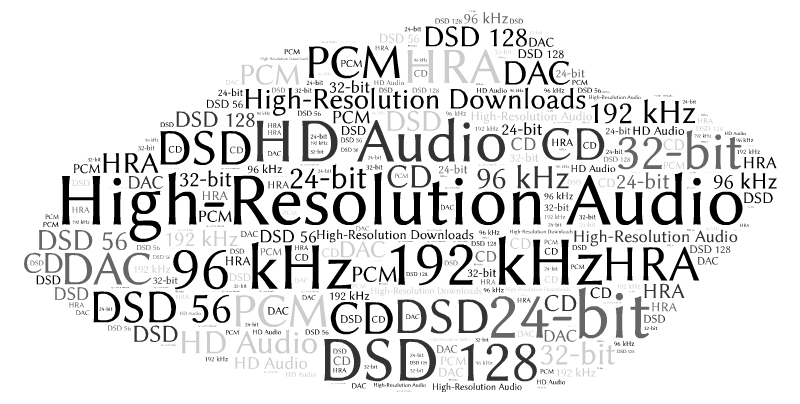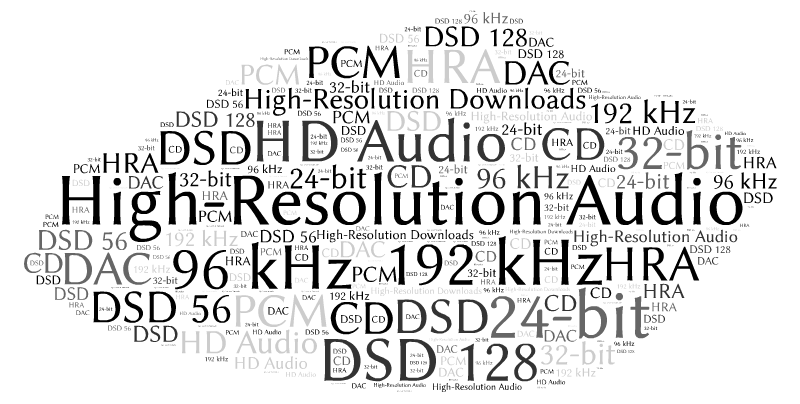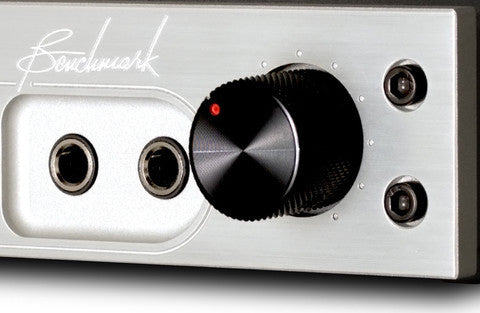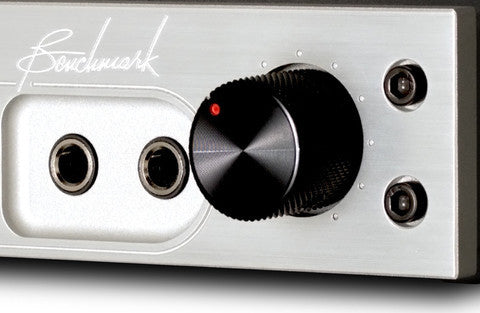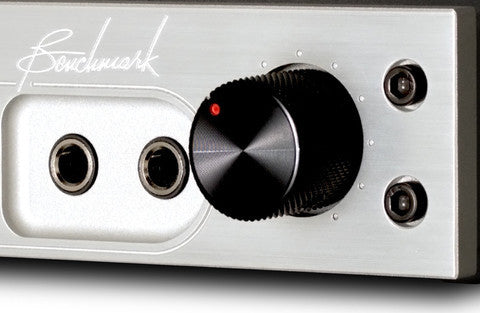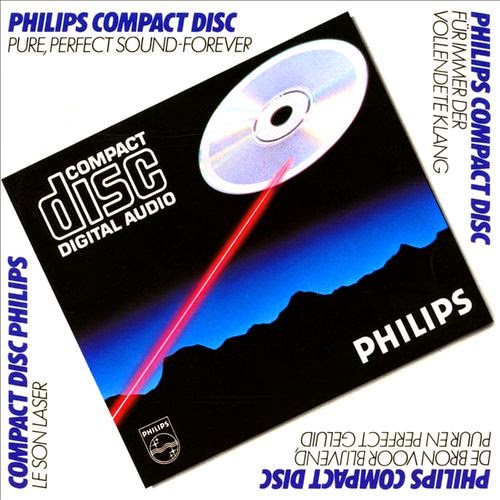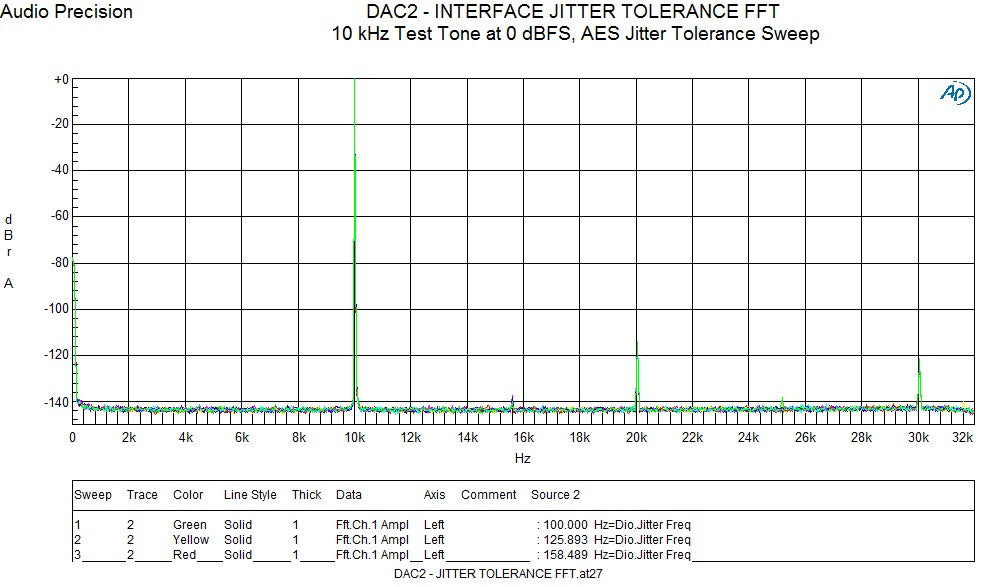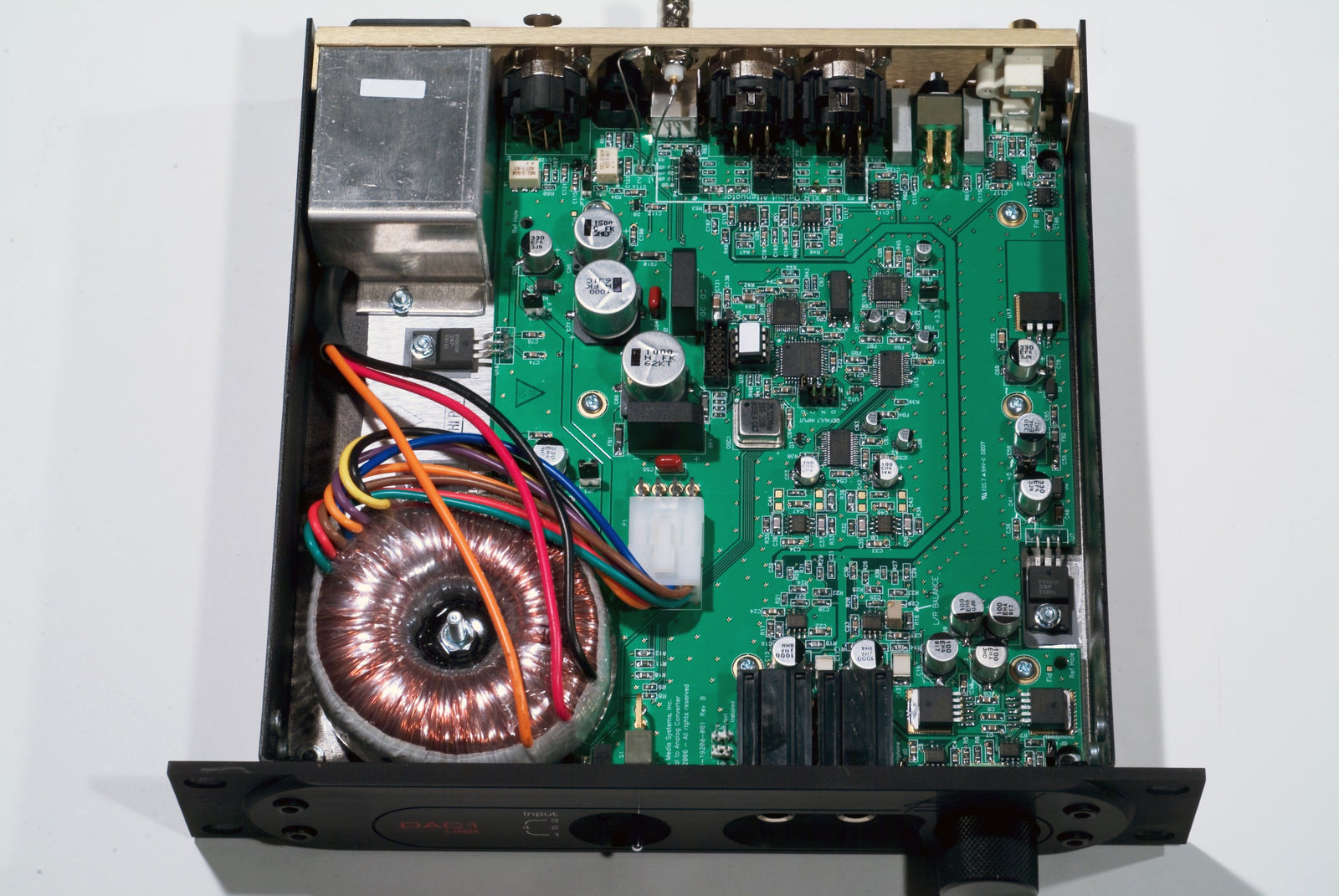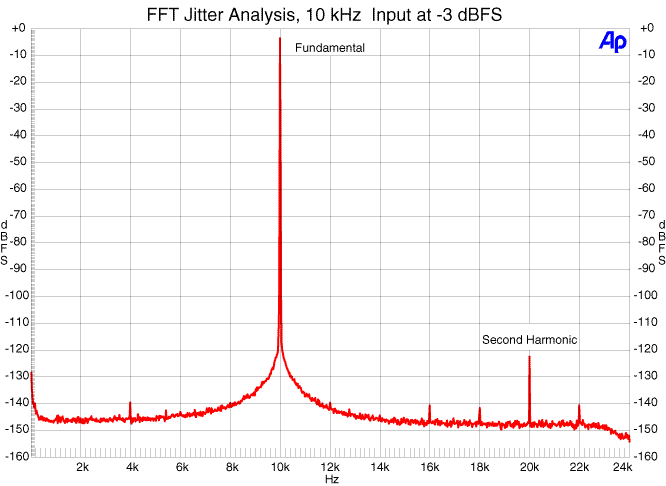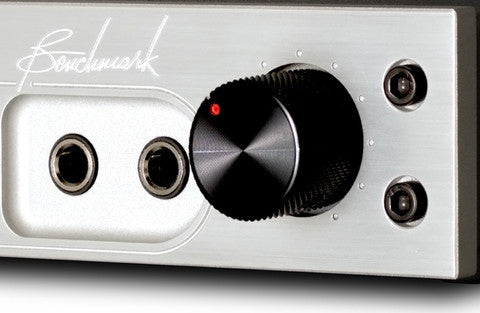 A couple years ago, some of us at Benchmark noticed a weird discrepancy between our HPA2™ headphone amp (built into our DAC1 and DAC2) and some comparably-priced headphone amps. The advertised specifications of all the amps were basically the same, but they sounded noticeably different. Benchmark launched a detailed investigation to identify the differences. The results were surprising and are detailed in a white paper...
A couple years ago, some of us at Benchmark noticed a weird discrepancy between our HPA2™ headphone amp (built into our DAC1 and DAC2) and some comparably-priced headphone amps. The advertised specifications of all the amps were basically the same, but they sounded noticeably different. Benchmark launched a detailed investigation to identify the differences. The results were surprising and are detailed in a white paper...Buy one component and save 10% on up to 2 cables. Buy 2 components and get 4 free cables. Free shipping on USA orders over $700. Low-cost shipping to Canada.
Buy one component and save 10% on up to 2 cables. Buy 2 components and get 4 free cables. Free shipping on USA orders over $700. Low-cost shipping to Canada.
Audio Application Notes
Don't Blame the Headphones!
by John Siau July 25, 2014
Headphones Sounding Bad? It Could be Your Headphone Amplifier!
It is easy to build a headphone amplifier that produces sound. It is an entirely different matter to produce an amplifier that is clear, clean, and enjoyable.
Headphone amplifiers need to provide enough voltage and current to achieve a suitable listening level. They must also be able to cleanly deliver the required output. Furthermore, they need to be able to control the transducers.
If these goals are not achieved, a good set of headphones can sound bad.
- John Siau
The Mac Mini as a High-Resolution Audio Server
by Benchmark Media Systems June 27, 2014
A "Mini" Server for High-Resolution Audio
Mastering and Recording Engineer, Mark Waldrep (A.K.A. Dr. AIX) recently published an excellent application note titled "My First Server". This is a step-by-step guide for setting up a High-Resolution Audio (HRA) server. He chose a Mac Mini, a Benchmark DAC2 HGC, and the highly-acclaimed Amarra playback software to bring studio-quality playback to his own living room.
With his simple guide, you can join Mark, and enjoy mastering-quality High-Resolution Audio in your room.
The CE Mark - A Photo-Tour of Immunity Testing
by John Siau June 25, 2014
Testing for Immunity to Interference
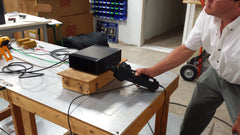
- John Siau
The CE Mark - What Does it Mean, and Why Should I Care?
by John Siau June 17, 2014
Why is the CE Mark Important?
Many electronic products have a "CE" mark affixed to the product. This mark is mandatory in European markets, but is not required on products sold elsewhere. Few people understand what this mark means and why it is important. It is often a good idea to look for this mark when purchasing a product. It is also important to understand the differences between professional and consumer audio products (as defined in the CE standards).
- John Siau
Headphone Impedance and Sensitivity
by John Siau May 05, 2014
- Is headphone impedance important?
- What is headphone sensitivity?
- Which headphones will work best with my new headphone amplifier?
- Which headphones will work best with my portable device?
This application note addresses these common questions and presents some guidelines for selecting headphones with the proper impedance and sensitivity.
- John Siau
Why "Audio Goes to 11"
by John Siau April 17, 2014
Intersample Overs - Part 2

In my last post, "Audio that Goes to 11", I made the bold assertion that most of our audio recordings contain peaks that exceed the limits of our digital hardware. In this post I will show how this happens, and explain why this is a problem in PCM audio systems.
Do we throw out PCM and move to DSD?
Is there another solution?
- John Siau
Audio That Goes to 11
by John Siau April 10, 2014
Intersample Overs - Part 1
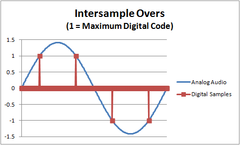
But, it's not just Spinal Tap recordings that go to 11, every recording you own may also go to 11! How is this possible? If 10 is the clip point of digital audio, how can there possibly be an 11? And, if we use Nigel's logic; if 10 is good, why isn't 11 better?
- John Siau
What is High-Resolution Audio? - Part 2
by John Siau April 03, 2014
Is there Life Beyond 20 kHz?
High-Resolution Audio systems offer the promise of an extended high-frequency range. High-Resolution digital systems now operate at 2 to 4 times the sample rate of the standard CD. This means that these systems have the capability of extending the playback frequency range well above the 22 kHz limit of the standard CD. Does this added high-frequency range improve our listening experience? How high is high enough? Do we really need anything over 20 kHz?
If we want to accurately reproduce 20 kHz audio, the frequency response of each component must extend well beyond 20 kHz.
- John Siau
What is High-Resolution Audio? - Part 1
by John Siau March 27, 2014
Eliminate the Noise!
There is a raging debate over the definition of "High-Resolution Audio". The focus of this debate has been misdirected by a lot of marketing hype. High-Resolution Audio will only truly arrive when the sum total of all defects in the audio chain become inaudible. We are not there yet, but we are getting close. The final chapter will not be higher sample rates and more bits. The final chapter will be achieving the necessary improvements to critical components in the signal chain.
If your playback system can't resolve anything better than CD quality, then "High-Resolution Audio" will remain an illusion.
- John Siau
Headphone Amplifiers - Part 2
by John Siau March 20, 2014
It's all about control! - Headphone Output Impedance
The movement of headphone transducers must be well controlled in order to produce high-quality audio. It is easy to build a headphone amplifier that produces sound. It is an entirely different matter to produce an amplifier that is clear, clean, and enjoyable.

Headphone amplifiers need power and accuracy to achieve control. They also need to be protected from short circuits and overload conditions. The cheap, dirty, and common way to protect the amplifier is to add a series resistor between the amplifier and the headphone jack. This simple solution protects the amplifier from short circuits and overloads. Unfortunately, the resistor isolates the headphones from the amplifier, causing a loss of control. This ...
Headphone Amplifiers - Part 1
by John Siau March 14, 2014
Headphones do not Behave Like a Resistor - Beware of Misleading Specifications!
 A couple years ago, some of us at Benchmark noticed a weird discrepancy between our HPA2™ headphone amp (built into our DAC1 and DAC2) and some comparably-priced headphone amps. The advertised specifications of all the amps were basically the same, but they sounded noticeably different. Benchmark launched a detailed investigation to identify the differences. The results were surprising and are detailed in a white paper...
A couple years ago, some of us at Benchmark noticed a weird discrepancy between our HPA2™ headphone amp (built into our DAC1 and DAC2) and some comparably-priced headphone amps. The advertised specifications of all the amps were basically the same, but they sounded noticeably different. Benchmark launched a detailed investigation to identify the differences. The results were surprising and are detailed in a white paper...An Examination of Headphone Amplifier Performance Specifications
by John Siau November 11, 2011
Headphone Amplifier Whitepaper
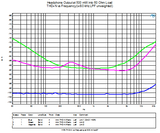 Recording Engineers and Audiophiles often distrust audio measurements and specifications. It is not uncommon to hear claims that a product measures poorly but sounds good. Occasionally we also hear claims that a product measures well but sounds bad.
Recording Engineers and Audiophiles often distrust audio measurements and specifications. It is not uncommon to hear claims that a product measures poorly but sounds good. Occasionally we also hear claims that a product measures well but sounds bad.
This whitepaper documents significant differences between three headphone amplifiers that have nearly identical published specifications.
iPad Streams High-Resolution Audio to Benchmark DAC1
by Benchmark Media Systems June 24, 2011
iPad Music Server
A simple USB adapter made by Apple can enable the iPad to connect directly to a Benchmark DAC1.
Using this adapter, the iPad can transparently stream high-resolution digital audio to the USB input of Benchmark converters. Once this connection is established, it is also possible to wirelessly stream a 96-kHz, 24-bit audio to the iPad and out to the DAC without losing sonic quality.
This application note explains the simple set-up and shows proof of performance.
UltraLockDDS™ Clock System
by John Siau November 01, 2010
UltraLockDDS™
- A Low-Jitter Direct-Digital-Synthesis Clock System
The ADC16 is equipped with Benchmark’s new UltraLockDDS™ clock system. This system utilizes the latest low-jitter clock technology developed for high-frequency RF communications systems.
The master oscillator is a low phase-noise, temperature-compensated, fixed-frequency crystal oscillator with a +/- 2 PPM frequency accuracy. This oscillator drives a 500 MHz Direct Digital Synthesis (DDS) system.
Jitter attenuation is achieved with digital filters in a custom FPGA that controls the DDS system. All jitter-induced distortion artifacts are well below audibility under all operating conditions.
The Unique Evils of Digital Audio and How to Defeat Them
by John Siau August 25, 2010
Eliminating Digital Artifacts
- Is digital audio fundamentally flawed?
- Have we followed the wrong path since the introduction of the CD in 1982?
- Should we go back to analog audio systems?
- Has anything improved since 1982?
- How good can digital audio get?
To answer these questions, we will look at the root causes of distortion and noise in digital systems. We will examine how these differ from the distortion and noise in analog systems. Most importantly, we will look at the effectiveness of today’s solutions to these digital problems.
DAC1 Solves Jitter Problems in CD Players with Pitch Control
by John Siau July 02, 2010
Benchmark DAC Removes Jitter Caused by Pitch-Control
Variable-pitch features add versatility to CD players. Unfortunately, these features usually create jitter problems. Benchmark’s UltraLock™ jitter-attenuation system provides a unique solution that is fully compatible with variable-pitch transports.
Asynchronous Upsampling to 110 kHz
by John Siau July 01, 2010
The Advantages of Asynchronous Upsampling D/A Converters
Benchmark DAC1 converters use upsampling techniques to improve the quality of the digital to analog conversion. Benchmark’s choice of 110 kHz is slightly unorthodox. It may seem more logical to upsample by 2X or 4X and convert at standard sample rates such as 88.2 kHz, 96 kHz, 176.4 kHz or even 192 kHz. Intuition may suggest that integer ratios would produce the best results. Intuition may also suggest that higher is better, and therefore 192 kHz would be the “best” choice for an output sample rate. Unfortunately, intuition often leads us down the wrong path if it is not balanced with reason and scientific analysis. Benchmark’s analysis and testing has shown that 110 kHz offers advantages over the choices that seem more reasonable.
This paper is a short summary of the decisions that led to our choice of the 110 kHz sampling rate.
Volume Control Technologies
by John Siau April 24, 2010
Fix the Weakest Link in the Audio Chain!
A playback system's volume control is often one of the weakest links in the audio chain. This is especially true when remote control is required.
Benchmark’s HDR-VC™ (High Dynamic Range Volume Control), combines the best features of two distinct volume control methods while adding remote volume control.
- How does a volume control degrade the sound?
- What are the different volume control methods?
- Are some sonically superior, and why?
Jitter and its Effects
by John Siau February 07, 2002
By John Siau and Allen H. Burdick
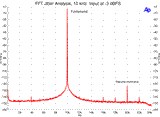
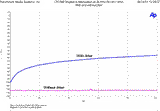
This paper addresses these questions:
- How and where do I measure jitter, and how do I eliminate it?
- How does sample clock jitter relate to interface jitter measured at digital output connectors?
- How can we accurately measure jitter?
- Why does sample clock jitter have to be so low?
The "0-Ohm" Headphone Amplifier
by John Siau December 01, 2001
An Introduction to "The 0-Ohm Headphone Amplifier" White Paper
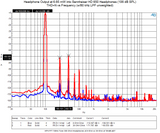 The circuits used to drive headphones are often added to a product without careful consideration of the difficult loads presented by high-quality headphones. The most common circuit is an opamp driver followed by a 30-Ohm series resistor. The series resistor provides short-circuit and overload protection while isolating the opamp from the inductance and capacitance of the headphones. The series resistor protects the opamp while keeping it stable. In contrast, today's state-of-the-art headphone amplifiers eliminate the series resistor, and use a high current driver. This change reduces distortion and flattens the frequency response when a headphone is driven. These new high-end designs are often called "0-Ohm" headphone amplifiers, and are ...
The circuits used to drive headphones are often added to a product without careful consideration of the difficult loads presented by high-quality headphones. The most common circuit is an opamp driver followed by a 30-Ohm series resistor. The series resistor provides short-circuit and overload protection while isolating the opamp from the inductance and capacitance of the headphones. The series resistor protects the opamp while keeping it stable. In contrast, today's state-of-the-art headphone amplifiers eliminate the series resistor, and use a high current driver. This change reduces distortion and flattens the frequency response when a headphone is driven. These new high-end designs are often called "0-Ohm" headphone amplifiers, and are ...







